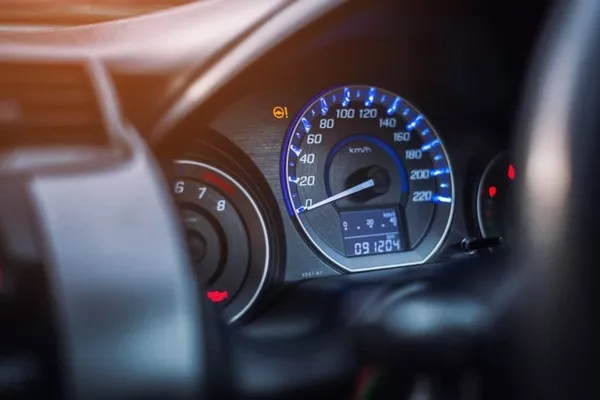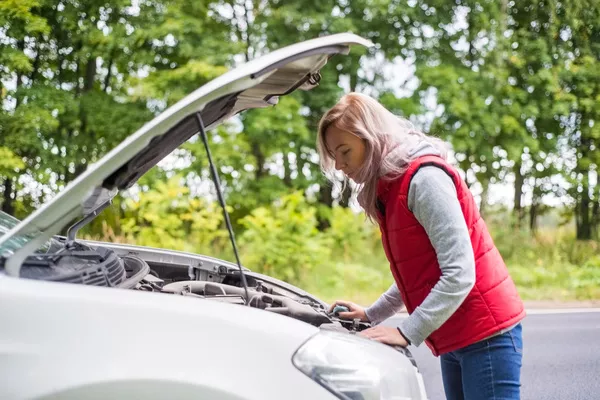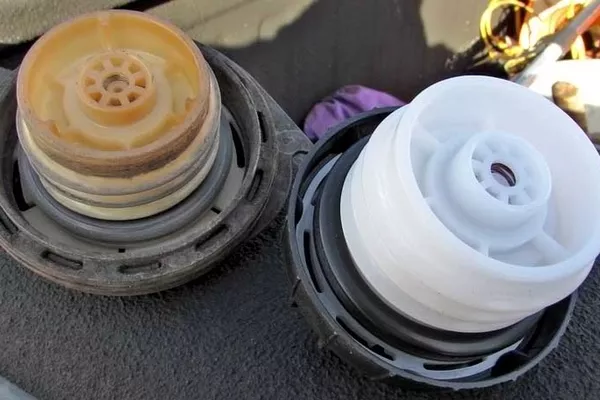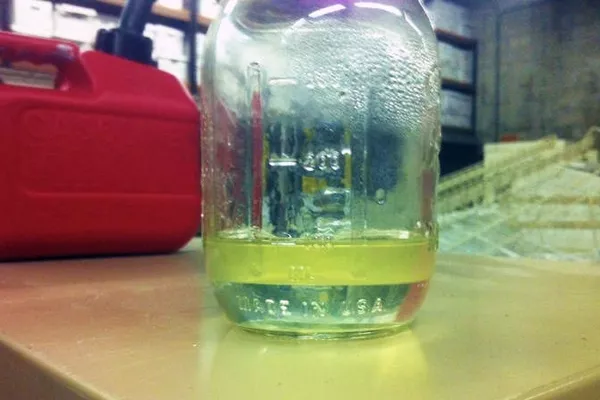Water can get into the gas tank of your car in several ways. It could be that you leave the gas cap off during the rainy weather. It could also be because you frequently use your vehicle with the gas reservoir less than half full. Various symptoms can indicate the presence of water in the car's gas tank.
How to Remove Water from Gas Tank - Avoiding Costly Automotive Repairs
To help you determine if there's water in your vehicle's gas tank, Philkotse.com will help you. This article list down the symptoms, causes, and solutions to get the water out of your fuel tank.
1. Symptoms of water in the fuel reservoir
A decrease in the vehicle’s mileage
When there's water in the fuel tank of a vehicle, the engine power will gradually decrease. If you didn't take it seriously, it would reduce the car's mileage too. In addition, it will result in the biodegradation of fuel which will, in turn, cause the car to lose power.
Also, note that water is heavier compared to gasoline. Because of that, the water will set in at the base of the gas reservoir. If this is the case, the water is in the best position to be sucked into the pump and pushed into the engine pipes.
It will cause rust in the container, injectors, hoses and pipes which will complicate the workings of the vehicle. If neglected, the microbes can develop in the tank, which will potentially destroy the entire fuel system.

When there's water in the fuel tank of a vehicle, the engine power will gradually decrease.
A sudden stop of the engine
At first, the engine won't make any issues for a few minutes. But, after a while, the fuel combustion process will gradually become dull and will show the symptoms of water in the fuel reservoir. Besides, if a huge amount of water is present in the fuel system, it will immediately stop the car's motor.

The fuel combustion process will gradually become dull and will show the symptoms of water in the fuel reservoir
The engine will not ignite at all
Another symptom of when water is appearing in the fuel tank is when the engine won't start at all. It often happens if the water is atop the piston inside the cylinder of the vehicle. If this occurs, it will not let the piston to finish its rotation. As a result, there will be no combustion and compression.
>>> Check out: Which parts are most heavily affected by draining your car’s fuel tank?
2. How water can get into the tank
As aforementioned, there are plenty of reasons why water can get its way into the fuel reservoir. They are the following:
- Water can accidentally get in the tank when washing the car or from condensation due to the weather.
- The gas tank has a faulty fuel pump
- Condensation that results in water vapor accumulating in the gas container of your vehicle.
- A gas reservoir that is not appropriately sealed or with a damaged seal. If the seal doesn’t sit flush, rainwater or water from a car wash can get its way to the tank.
- Someone intentionally puts water in the gas tank as a practical joke (rarely happens but is a possible cause).

A gas reservoir with a damaged seal is one of the possible causes of water in the fuel tank
3. What transpires when there’s a presence of water in the gas tank?
Combustion and compression of gas are vital for running the vehicle's engine. If water is present in the fuel tank, hydrostatic lock can happen, which will prevent the engine from starting. Take note the water’s volume is not relevant. Even with a small amount of water in the fuel reservoir can already create engine problems that can result in car stalling.
Water is denser than gas. As mentioned above, water in the fuel tank will settle in the bottom part of the container. Some vehicles do not pump as from the tank's bottom unless it is close to empty. If this occurs, the vehicle will pull the water from the bottom part of the tank into the engine, which will gradually cause the tank to start rusting.

Water is denser than gas
The presence of water in the fuel reservoir might cause you to experience erratic changes in the vehicle's speed when you're driving. Additionally, this water can lead to bacterial growth in the fuel, which can damage the entire fuel system and also cause the car’s filter to clog up.
Another severe effect of water in the gas tank is that it can create holes in the gas tank and can cause the fuel injectors to fail. Everything that we mentioned above is the things that every car owner should avoid. That’s why you should eliminate the water as early as you suspect its presence in the gas tank.
4. How to fix the problem of water in the gas tank
One of the most reliable and most straightforward solutions for the challenge is to replace the whole gas in the reservoir. You can do this by replacing the old gas with an entire new high-quality fuel with no ethanol content. Using this type of fuel is necessary and recommended because of its quality of not absorbing water.
But if you think that this process is expensive, you can try the following steps to solve the issue:
Make use of octane booster
You can exhaust the water in the fuel with the use of a high level of octane booster. Pour the octane booster in the gas tank. Once added, it will absorb the water inside the gas reservoir, leaving it totally dry.

You can exhaust the water in the fuel with the use of a high level of octane booster
Add special fuel additives and methanol
This step, however, is less reliable if a large amount of water is present in the fuel reservoir. It will only be completely effective if there's only a little moisture. You can use special fuel additives and methanol such as DFS plus, Dri-Gas, and Heet.
Important note: Some fuel driers utilize special agents to protect the delicate materials of old cars while others utilize alcohol to eliminate water. Always remember to check the product spec before you make a purchase.
>>> You might want to know: What is Fuel Additives and Do They Really Work?
Utilize new filters
If there is a large amount of water inside the gas reservoir, chances are you will replace the gas and the filters as well.
Tip: For all the given steps and suggestions above, we recommend that you seek assistance from a professional unless you are well aware of what you're doing with your car. If in doubt, it is better to leave the job to the experts. It will ensure that the problem will be solved entirely and your safety, as well as the safety of your passenger, will not be compromised.
Recent posts
- Why do you experience gelled diesel fuel and how to prevent it? Aug 16, 2022
- Yes, a water bottle can set your vehicle ablaze! Nov 30, 2022
- Causes of water-damaged engine and tips to protect your car Jul 11, 2019
- Is Cheap Gas Bad for Your Car? Aug 16, 2022
- Are you ready to improve your gas mileage? Jan 20, 2018












